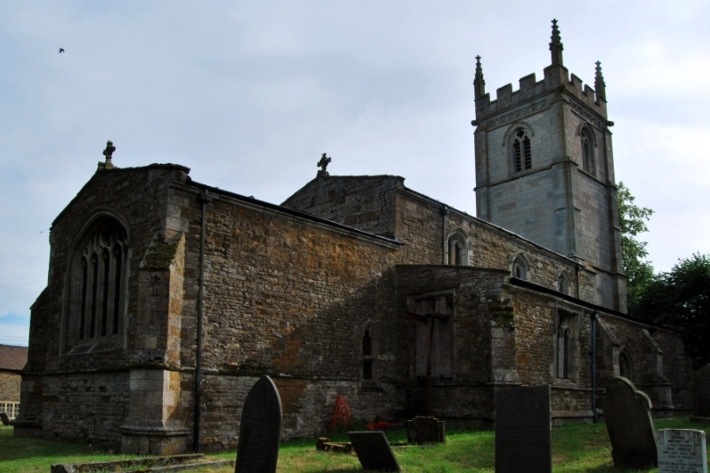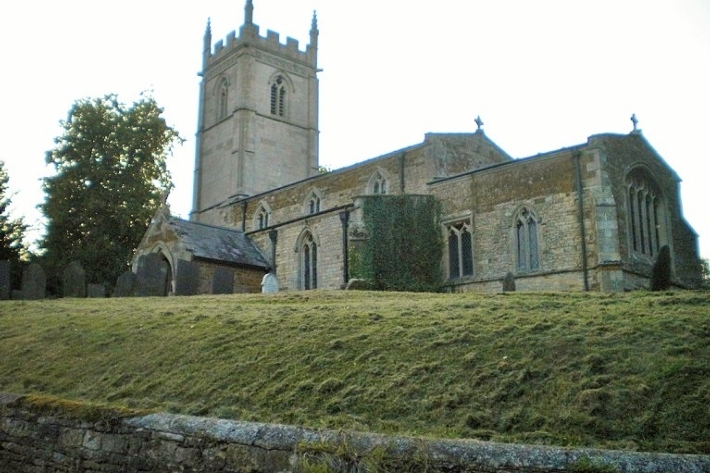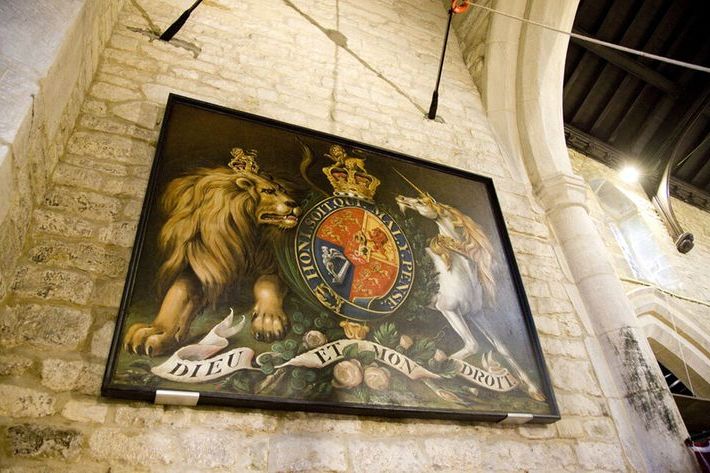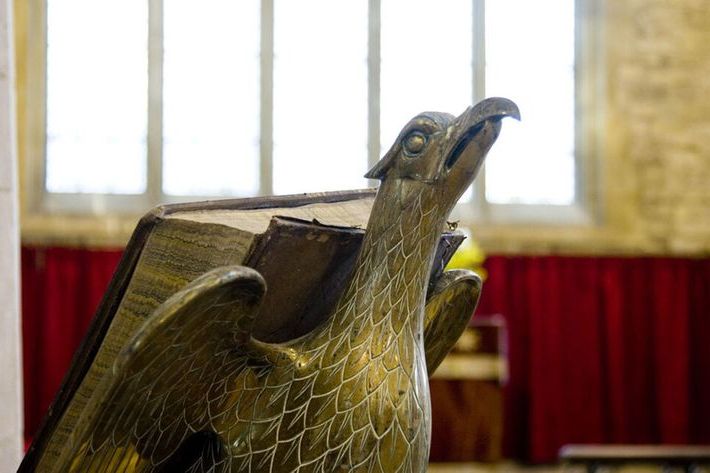St. Mary's Church, Freeby, Leicestershire
- Overview
- Map
- What's nearby
A Medieval church in a Danelaw village
Freeby village, though very small, has a long and ancient history reaching back to the ninth-century Danelaw, when Danish Vikings invaded a large swathe of Eastern England. This portion of the country ruled by the Danes became known as the Danelaw. Many of those Vikings who came and settled left their mark on the landscape in form of place names. Freeby is derived from the Fraethi’s Farm the ‘by’ element means farm or settlement in Old Norse.
The present church of St Mary sits in this rural farming landscape on a rise in the village. It is constructed from ironstone and limestone. Much of the building dates from the fourteenth and fifteenth century and is in the Early English Style. The tower is early fourteenth century and the clerestory along with the raising of the chancel dates to the 15th century, though the aisles were rebuilt during a phase of restoration in 1893. However, the font is thirteenth century indicating the earlier foundation of the church.
A former Freeby inhabitant of note was Isaac Watts (1674 -1748) the writer of many well know hymns such as “O God our help in ages past” and “When I survey the Wondrous Cross”. He lived in the village as chaplain to the Lord of the Manor and tutored his children.
The church is home to a sizable colony of Natterer's Bats, along with Common Pipistrelles that are known to roost in the church. The bats cause significant mess especially over the summer and during the bat breeding season.
A contribution can be made towards the conservation of the church by texting FRE to 70970 to donate £5, or 70191 to donate £10. Thank you for your support
-
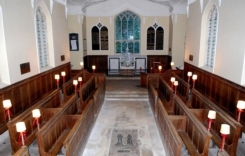
Church of St Mary Magdelene, Stapleford, Leicestershire
1.27 miles
A tasteful church with fabulous family tombs
-
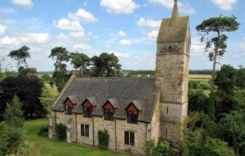
St Mary's Church, Brentingby, Leicestershire
1.43 miles
An unusual saddle-backed tower and spire
-
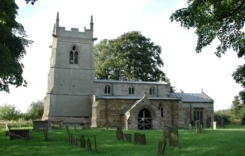
St Mary's Church, Garthorpe, Leicestershire
1.75 miles
A silvery-grey tower amongst the trees
-
Access information
Access off Main Street. Grass path up through churchyard, step up into church
-
Disabled access information
Wheelchair users may experience difficulty accessing St. Mary's. There is an unmade path to the church.
-
Facilities & Hire
Parking available nearby at the village hall.
-
Directions
Freeby is 3.7 miles from Melton Mowbray.
-
Transport
The nearest railway station Melton Mowbray.
Bus service: www.centrebus.info RF 2 (Rutland Flyer) – on alighting please request to be dropped near the turning for Freeby Lane.
Walk up the lane and take the right turning into Freeby Village. Approx. 25 mins walk.
-
History & Further Information
Useful information
Why not make your visit more enjoyable and informed by finding out more about this church before you visit? You can download a range of publications below including the relevant county guide, and any walk round guides we have for this church.
 Derbyshire, Nottinghamshire, Leicestershire, and Rutland County Guide 2012
Derbyshire, Nottinghamshire, Leicestershire, and Rutland County Guide 2012
This free of charge short guide contains details of all the churches we care for in Derbyshire, Liecestershire, Nottinghamshire & Rutland. Printed copies of the county guide are also available at the church.
-
Conservation and Regeneration
Community information for St Mary's Church, Garthorpe
All our Leicestershire churches are in our North region.
Useful local links:
- Go Leicestershire tourism website
- Leicestershire County Council website history section
- Leicestershire & Rutland Family History Society
- Leicestershire Archaeological & Historical Society
- Leicestershire Historic Churches Trust
- List of churches in Leicestershire
- Leicestershire is in the Diocese of Leicester
-
Community information
Community information for St Mary's Church, Garthorpe
All our Leicestershire churches are in our North region.
Useful local links:
- Go Leicestershire tourism website
- Leicestershire County Council website history section
- Leicestershire & Rutland Family History Society
- Leicestershire Archaeological & Historical Society
- Leicestershire Historic Churches Trust
- List of churches in Leicestershire
- Leicestershire is in the Diocese of Leicester

